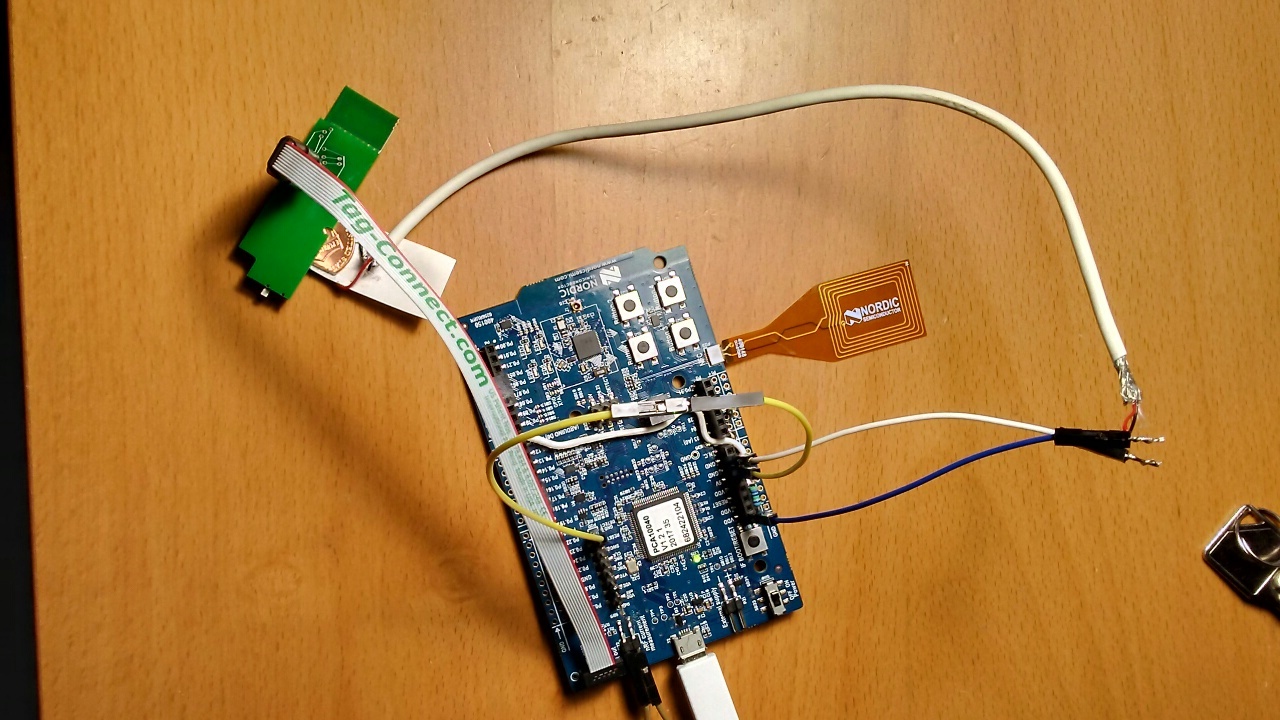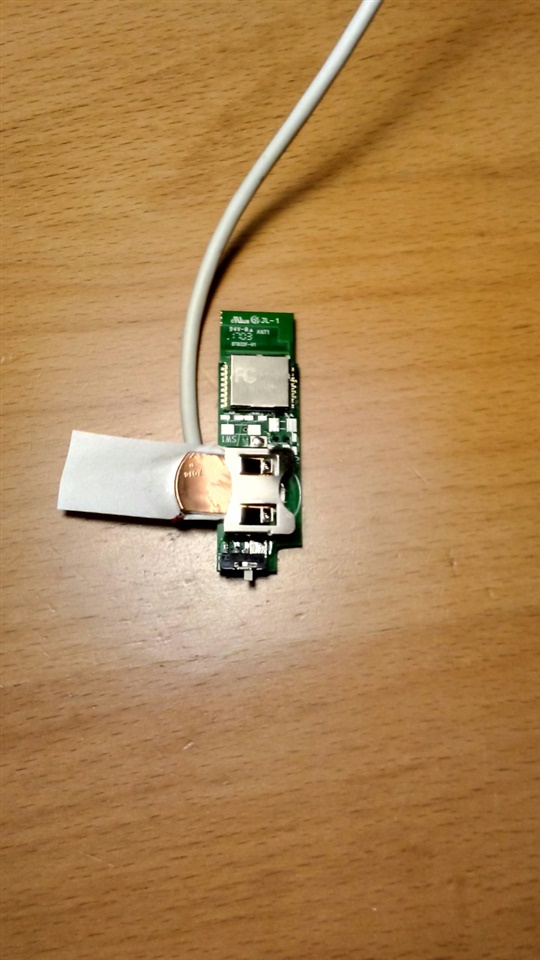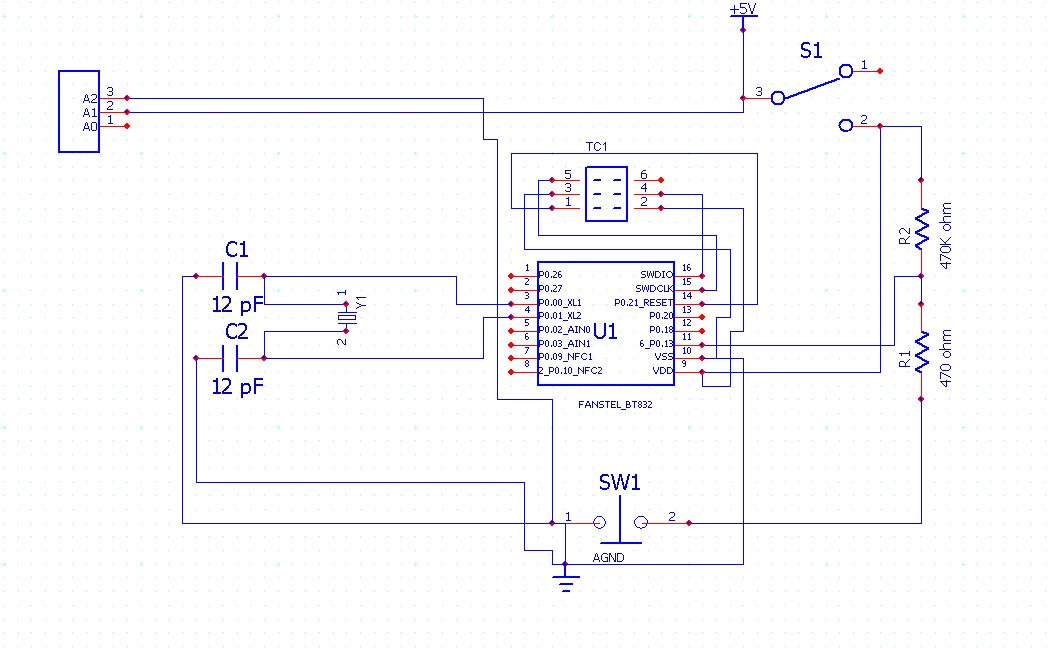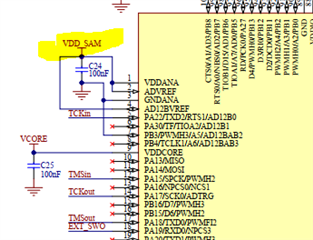I have a Nordic 52832 chip in an integrated module form from Fanstel. I have the NRF 52 DK, the Fanstel evaluation board, and a custom prototype board I built.
I can program the Fanstel evaluation board through the 52 DK with no problem.
The custom board runs the Fanstel module transmitting Bluetooth with default software installed on the module without problem.
I included a 6 pin Tag Connect interface on the custom board and am trying to load my program onto the custom board through the 52 DK but the board is not being recognized and instead commands from nRF Go Studio is writing the code directly to the 52 DK. The connections I am supporting are Vdd, GND, SWIO, and SWCLK.
My assumption was a hardware connection problem. The only possible errors being SWDIO and SWDCLK connections or the cable itself since Vdd and GND must be working or the chip would not transmit at all.
Traces seem fine and all pinouts correct. Anything else that could be causing the problem besides hardware connections?






